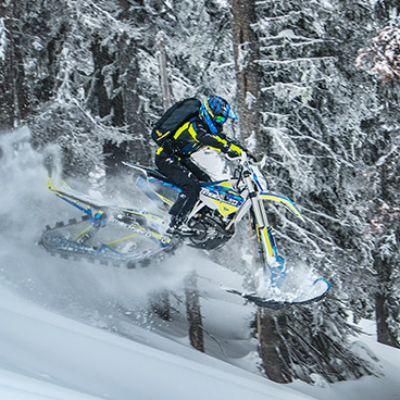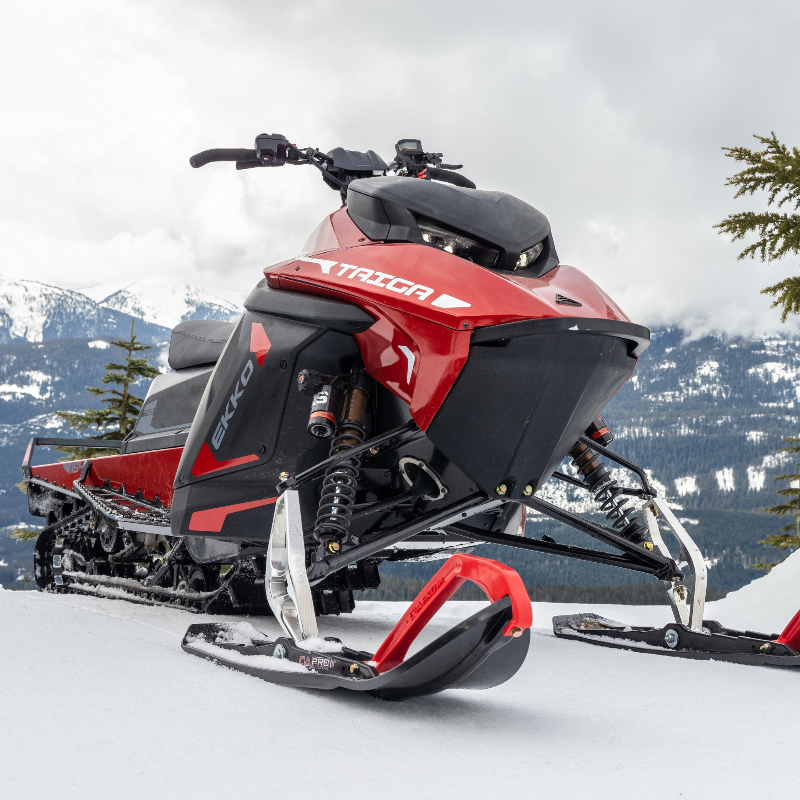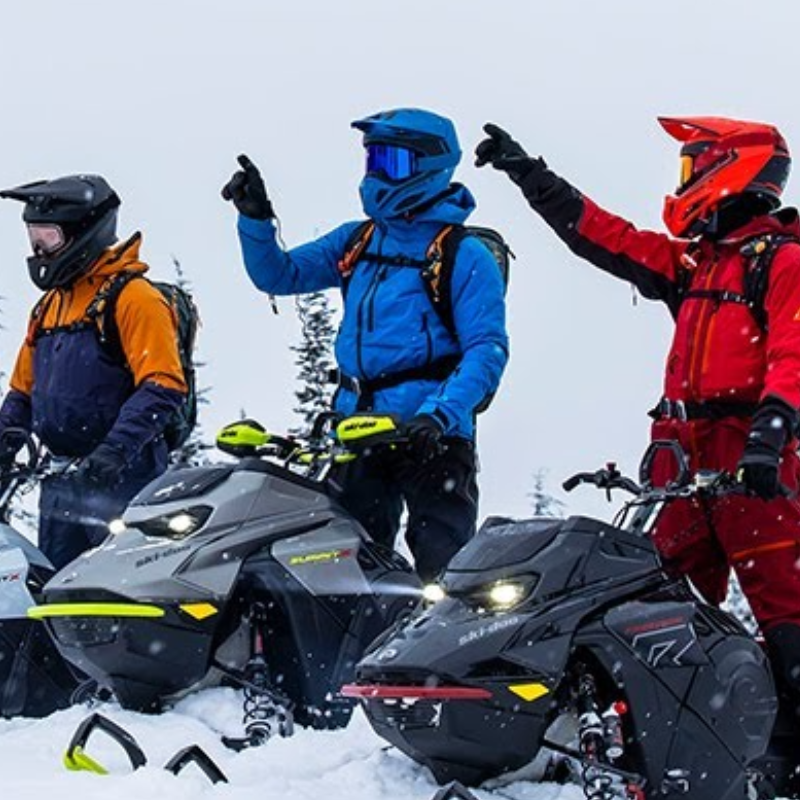Dr. Chris Leatt, a neurosurgeon from South Africa, has followed his passion as an avid road and enduro rider most of his life. But back in 2004 on the weekend after his four-year-old son started riding, everything changed.
Leatt witnessed the death of a close friend and fellow rider, Alan Selby, who crashed at an enduro event, sustaining various injuries including a broken neck. The experience opened Leatt’s eyes to two important facts: there was nothing on the market offering true protection against cervical spine injuries, and because of this, his son, just entering the sport, was unprotected by default. These factors motivated Leatt to begin developing a brand new type of neck protection based on technology that had yet to be invented.
The most common neck protection equipment used at the time was a type of foam collar, or doughnut. Although the product had undergone some testing, it provided little more than a false sense of security, according to Phil Davey, general manager of Leatt Corporation.
“They were too soft to work in a bad-impact crash—the type where these injuries typically occur,” said Davey. “(Leatt) spent years working on this in his spare time. He moulded prototypes out of tinfoil around his wife’s neck . . . until he found something that worked well enough.”
Leatt didn’t have the resources to test the brace, so he sent it to BMW, who loaned him the testing facilities—and it worked.
The Leatt-Brace helps prevent cervical spine injuries, working on a different principle from neck protection that aims to absorb or soften the impact of a crash. Instead, the brace uses technology that deflects the load of a crash to the torso, which can better handle the strain.
“So after a crash there may be bruising across the shoulders,” said Davey, “but it is from the brace and it is designed that way.”
When Leatt-Brace hit the U.S. in 2006, the company couldn’t keep them in stock.
“It started with one doctor trying to build a thing, and now it’s got worldwide distribution,” said Davey. “It took a lot of trials and tribulations before it was adequate, but now it is the design every other neck brace like it is based on.”
The CE-certified product is the only one that has been independently tested and certified in a full proprietary lab setting.
“We are constantly working on new things in the Leatt lab in Cape Town,” said Davey. “We have biomedical engineers and mechanical engineers always looking for ways to improve the product.”
Leatt-Braces are designed to be adjustable for different body shapes and sizes, and for different neck lengths. Most importantly, the braces are made to be used by everyone.
“These products were never intended for just racers,” said Davey. “We value them for bringing exposure to the product, but racers are a small portion of the riding public, and our job is to protect as many as possible.”






